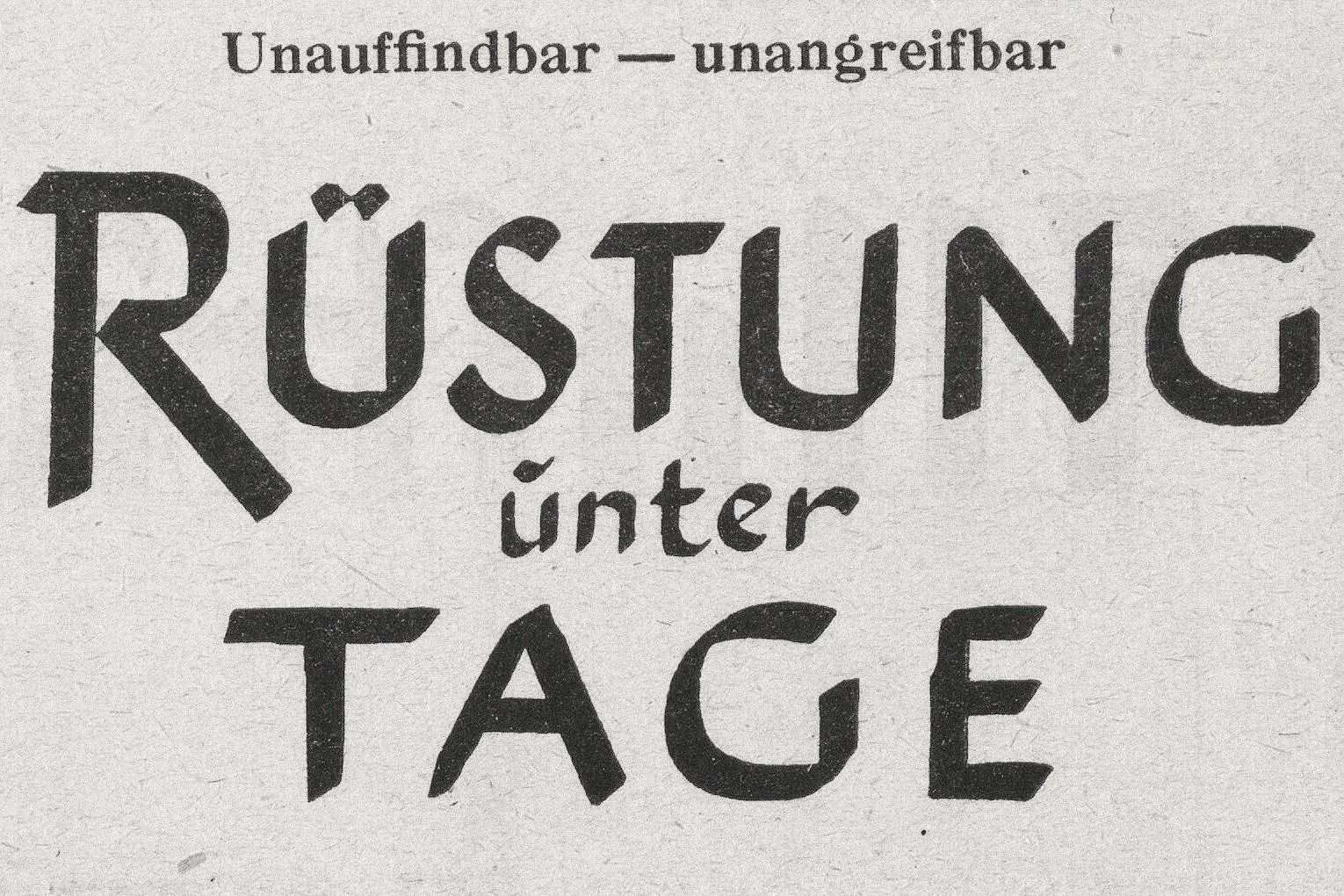In the final years of the Second World War, Nazi Germany desperately tried protect it’s war machine in a final bid to prolong defeat. Pummeled by Allied bombing raids, the German arms industry frantically relocated underground, hiding factories in abandoned mines, natural caves, and other subterranean places.
After moving V-2 missile assembly to tunnels in the Harz mountains in August 1943, several hundred underground factories were set up all over occupied Europe to produce armaments, aircraft, and fuel. Hundreds of thousands of concentration camp inmates and other forced laborers had to expand mine galleries, transport materials, or carve out colossal new tunnel networks- few of which were ever completed as planned.
Much like the above-ground camps which housed the laborers, many of these factories have been repurposed or destroyed, offering few clues of their past; but in others, rusting artifacts and inscriptions left by forced laborers bear witness to their former use. Today, these sites are some of the untouched relics of the Second World War and the Holocaust.
The select photos shown are part of an ongoing personal project to research and document these important places.




































